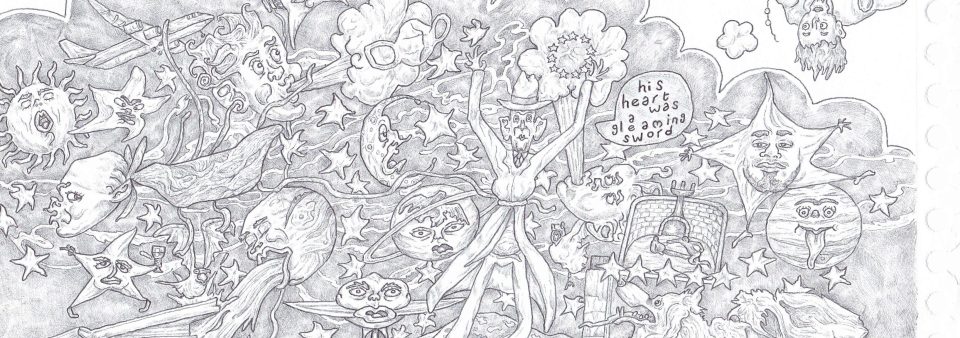Tags
"The Return of Sherlock Holmes" (Stage Play), Arthur Conan Doyle, “The Adventure of the Empty House” by Arthur Conan Doyle, Death, Detective, Detective fiction, Doctor Watson, Edinburgh Fringe, Fringe Management, Michael Roy Andrew, Nigel Miles-Thomas, Sherlock Holmes, Spiritualism, Surgeon's Hall, Theatre Review

In “The Return of Sherlock Holmes,” the joke is, as always, on poor Dr Watson. The Great Detective arrives bearing impeccable excuses as to why he has been pretending to be dead for the last three years. I don’t think that we ever believe a word of it. Holmes maintains that he simply didn’t want to put Watson’s life in danger. He will immediately contradict this three years of “safety first” by issuing instructions that leave Watson standing in the firing line of an assassin’s bullet.
We know that behind his style and his panache, Holmes must be in chronic need of validation. He is probably a kind of monstrous pervert as well. Tom Sawyer can be forgiven for getting a kick out of pretending to be dead and then gatecrashing his own funeral: he is a schoolboy. But Holmes is far too old for this to be dignified anymore. By now Watson is sad and widowed and crippled by nostalgia for his days in Baker Street. He scarcely queries Holmes’ preposterous betrayal of their friendship. There is indeed a dizzying absence of awkwardness to their reacquaintance.
It sounds like I do not care for “The Return Of Sherlock Holmes” but it is actually a superb piece of theatre. The performances are first rate. Holmes has been recycled so many times, on stage, in television and in cinema, that for any actor the role must feel like impersonating a favourite uncle. Yet in Nigel Miles-Thomas’s hands, Holmes is surprisingly hale, hearty and twinkly-eyed. Michael Roy Andrew is a sharp Watson and the slick presentation of this story always ensures that it is thundering along. Afterwards you might grow confused, in thinking that you have just watched an action-packed adventure but being able to remember it only as some conversations in a parlour.
This play is an adaptation of the 1903 short story “The Adventure of the Empty House,” in which Arthur Conan Doyle had consented to walk Holmes back from the hereafter. We will register the enormity of the gulf between Doyle’s beliefs as a spiritualist and the consummate rationality of his detective’s return from the dead. When an amazed Watson tries to touch the unveiled Holmes in this play, it recalls traditional images of the “doubting Thomas.” Yet Holmes is no Christ and he is no spook. Neither was he, Doyle seems to add chidingly, adequately human. One gets the impression that Doyle was far more comfortable with taps on a table than he was with his perfectly scientific and deeply chilled death-defier.
“The Return of Sherlock Holmes” has one day left at the Surgeon’s Hall.

This… is Task Force 3000… London
A ridiculously emaciated starved- cat like figure approximately six feet tall (blah blah cm) and weighing less than 9 stone (blah blah kilogramme Pronounced kee-low-graaah-maah) dressed in grey detective raincoat and fedora is banging away at an anachronistic typewriter. He is roaking malu Czech Cigaretu.
Across from him is another ‘lone’ figure. He is 6’4” (one billion micrometers) and now 5 stone lighter. He is no longer recognizable. He is lean and his incomprehensible blonde hair s mixed with grey. He is roaking Egyptian Cigaretuzdh silver seal filterless which leads to instant exploding lung cancer. Where an actual miniature nuclear ☢️ warhead explodes in the lung raping alveoli in its path.
They are drinking extreme Schweiz coffee grown at 13,500 feet and prepared by Romansch neo-proto-neanderthälen.
“Listen up mates! You blokes got a case you have! Don’t go and bugger this bleeding thing up. You blighters must catch the California shooter. They need our help leading to a shitty made for TV movie!”
It is senior detective Cholomndoleyshire born in Bermuda 🇧🇲. He is roaking õ Cigaretão a Brazilian blend.
“Right then Sir!”
Shroakes Tychy snapping to attention and rendering a Monty style British salute.
“On it boss!”
Shroakes The Botendaddy whilst slobbering on a Philly Cheesesteak.
Cue shitty TV show theme music.